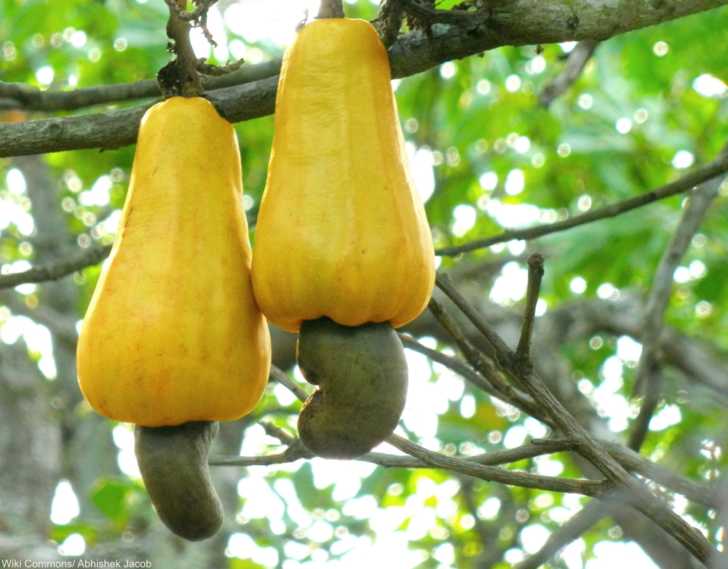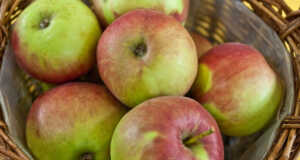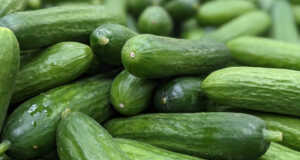It sounds like a no-brainer to just avoid poisonous foods. But, there are many toxic plants that humans just can’t seem to stop eating. These favorites have been popular since long before scientific testing could determine which parts of the plant could be toxic and which might be safe to eat. Read on to find out which poisonous foods are still being eaten today.
1) Paw Paw Fruits
Popular in areas of Appalachia and the Midwest (and also parts of South America) the paw paw also the state fruit of Ohio. Paw paw fruit has been described as a custard-like flesh with a delightful taste like no other fruit. The seeds have well been established as laden with the neurotoxin annonacin. Despite the seeds, diehard fans of the fruit enjoy this treat as often as they can, avoiding the seeds whenever possible because they are toxic over time.
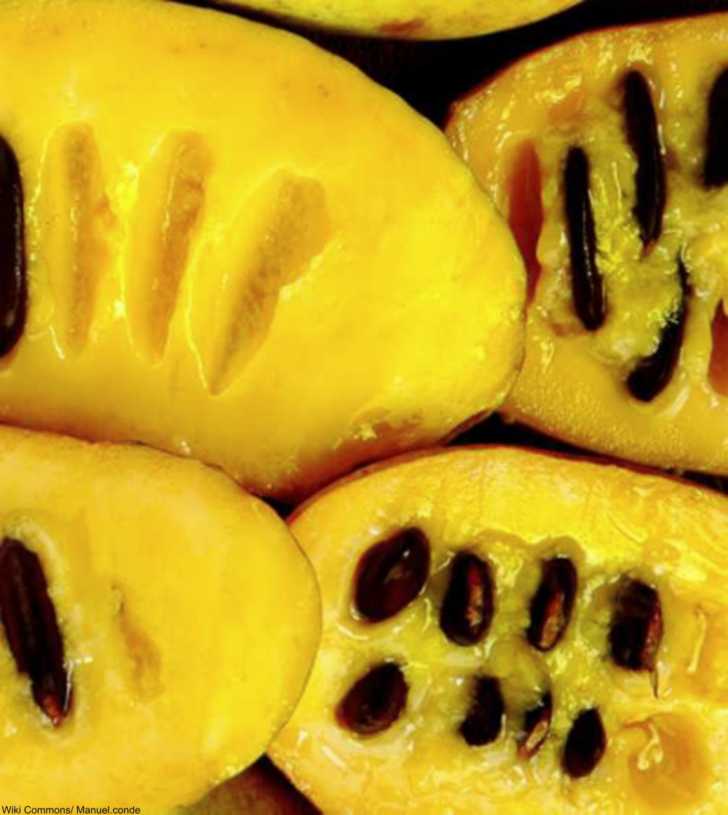
2) Castor Beans
Raise your hand if your folks ever made you drink castor oil. But did you know that castor beans are actually very poisonous? The toxin ricin is a waste product when the beans are made into oil and heated during pressing. Castor oil and its derivatives are commonly used in foods we eat everyday to prevent spoilage (in small doses).

3) Cassava Root
Much like bitter almonds, this carb-heavy plant has to be cooked or leeched to remove cyanins which convert to cyanide in the human body. It’s been made illegal for human consumption in its unprocessed state in Japan, but the cassava root is actually where we get tapioca from.
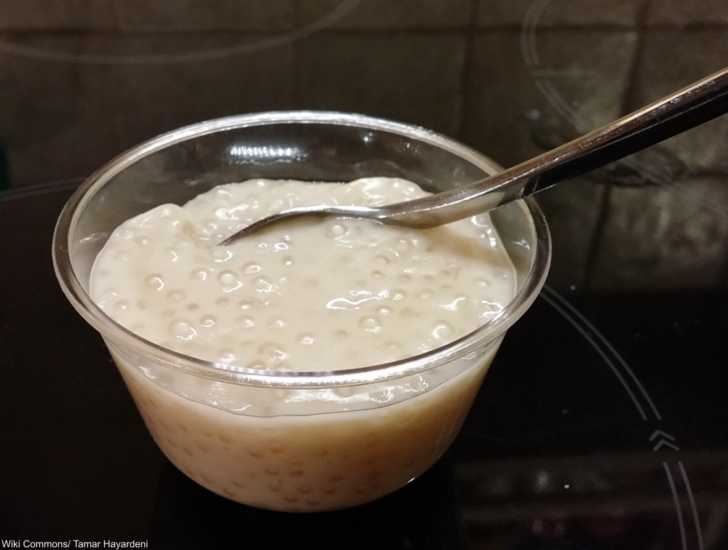
This New World plant was imported to Africa about 100 years ago and it now thrives there because the plant can withstand harsh growing conditions. However, cassava poisoning is a big problem in many areas across Africa because the harsher the growing conditions the more poisonous the root is. Many are poisoned slowly over a long period due to partial processing and little protein in the diet to offset the cyanide.
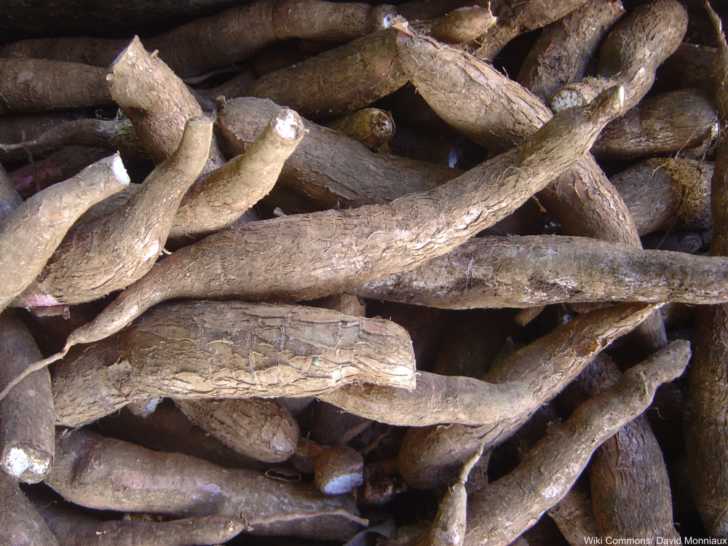
4) Sassafras
This flavorful plants was once one of the many flavors in natural root beer. The leaves are still used to make sassafras tea in parts of the South and parts of the plant are still used in tea and medicines in some parts of the world. Sassafras contains camphor and safrole, tow compounds which can be poisonous is large enough quantities, though small amounts of sassafras extracts are thought to be purative in folk medicines.
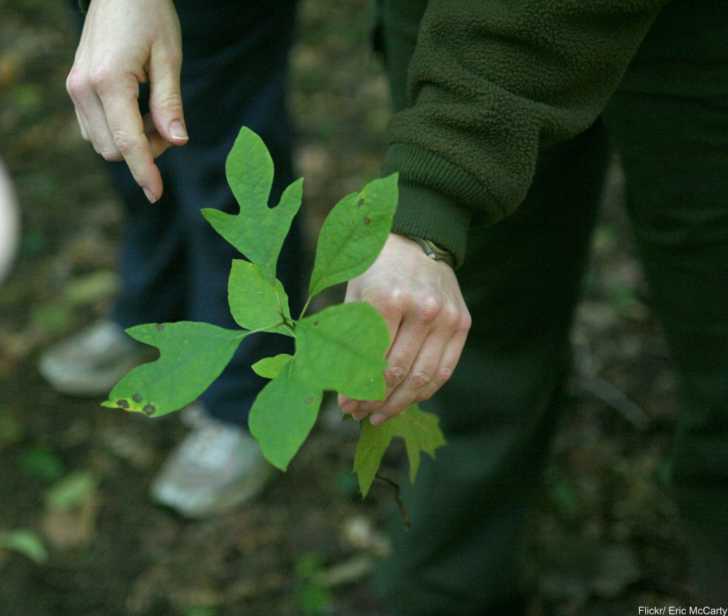
5) Almonds
Technically it’s only bitter almond which contains significant amounts of cyanic compounds, but their poison is the reason why raw bitter almonds sold in California are required to carry a consumer warning. Heating processes this poison.
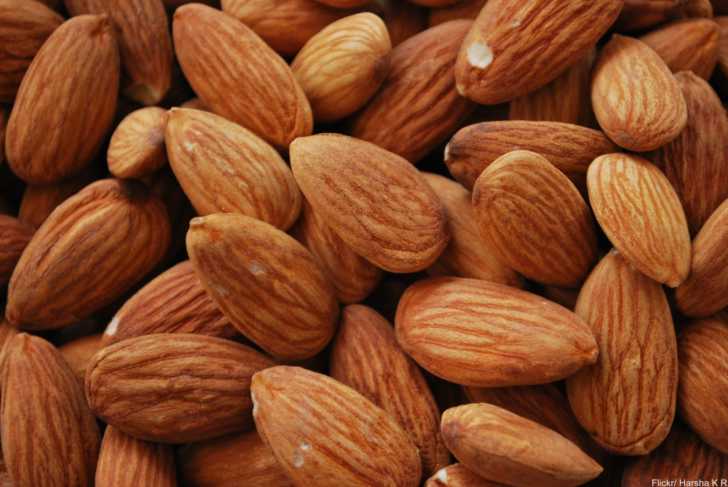
6) Rhubarb
Only parts of the plant of are poisonous, mainly the leaves. Though some sources claim that small amounts of the poison oxalic acid can be found in the stems as well, it is at levels too low to cause harm to humans.
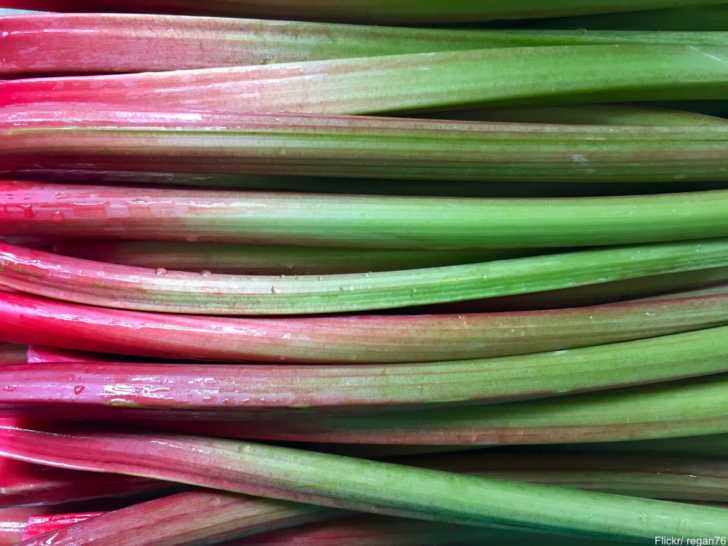
7) Cashews
While roasted cashews aren’t poisonous, parts of the plant contain caustic compounds that will burn human skin, including the fleshy “shell” that surrounds the nut. And this is why you cannot buy cashews in the shell. Fun fact, even the fumes from roasting the nuts can cause burns and severe skin and lung reactions (similar to burning poison ivy and the two plants are related). The poisonous compounds that can be found in or derived from the toxic part of the plant are used for lumber treatments to fungicides to paint weapons for the military. Yikes!
Surprisingly the “apple” of the tree from which the nut grows is actually edible!
